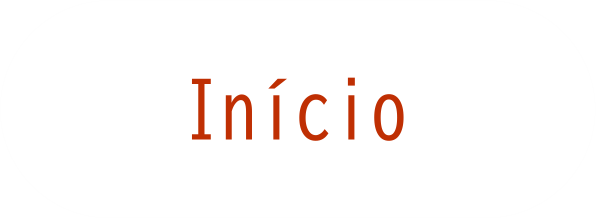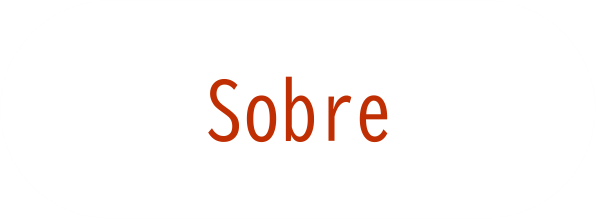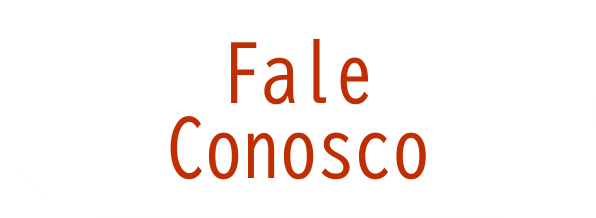A clinical picture of Guillain-Barré syndrome in children in the United States.
Autor(es): Hicks Caitlin W,Kay Benjamin,Worley Sarah E,Moodley Manikum
Resumo: The authors describe the demographics, clinical presentation, investigation, treatment, and outcomes of pediatric patients with Guillain-Barré syndrome. They identified 35 pediatric patients with Guillain-Barré syndrome presenting to a tertiary academic center over a 20-year period. The most common presenting symptoms were paresthesias (54%), weakness (49%), and myalgias (49%). Sensation was affected in 54% of patients, and hyporeflexia or areflexia was present in 94% of patients. Cranial nerve dysfunction (46%) and autonomic involvement (eg, changes in blood pressure, pulse, bowel/bladder control, or priapism; 46%) were also common. Autonomic dysfunction, cranial nerve involvement, and albuminocytological dissociation were significantly associated with a decreased time to nadir, the point when symptoms peaked (P = .015, .007, and .005, respectively). Although not statistically significant, treatment with plasmapheresis had a better success rate than intravenous immunoglobulin. The authors' results will help to further delineate the clinical picture of Guillain-Barré syndrome in children and refine treatment strategies.
Imprenta: Journal of Child Neurology, v. 25, n. 12, p. 1504-1510, 2010
Identificador do Objeto Digital: 10.1177/0883073810370481
Descritores: Guillain-Barre Syndrome - Viral infections ; Guillain-Barre Syndrome - Epidemic ; Guillain-Barre Syndrome - Epidemiology ; Guillain-Barre Syndrome - Public health
Data de Publicação: 2010








